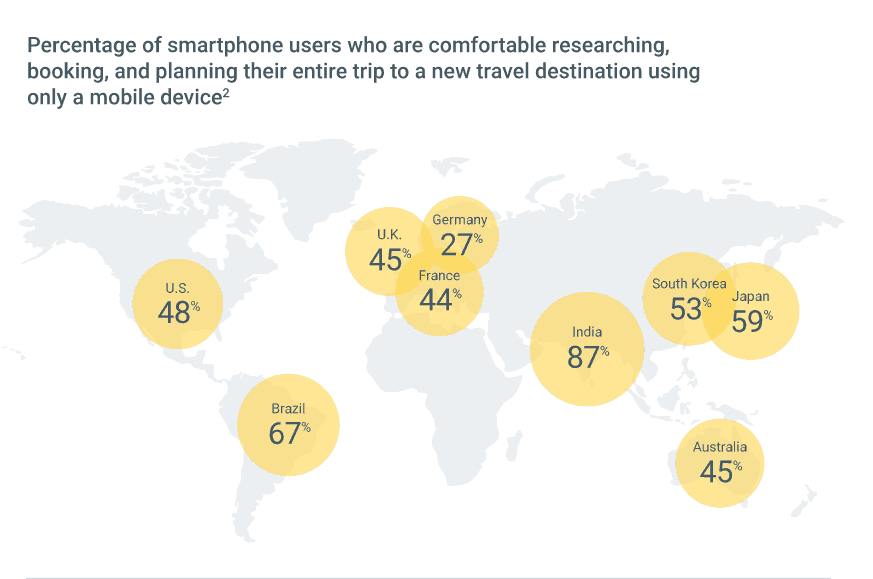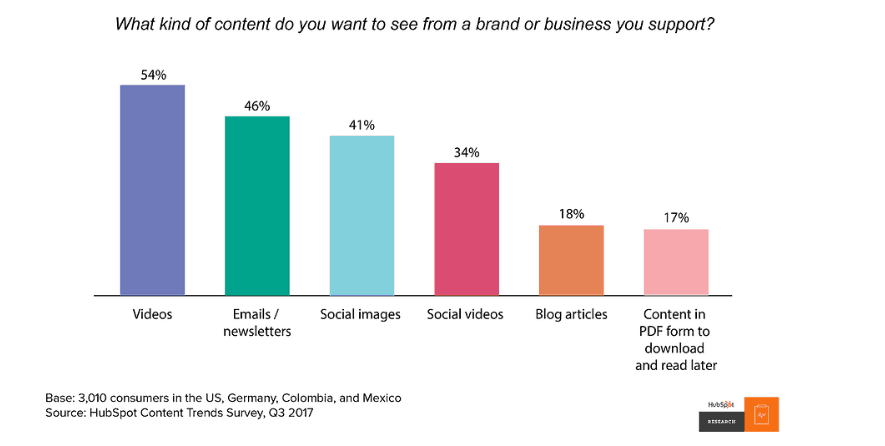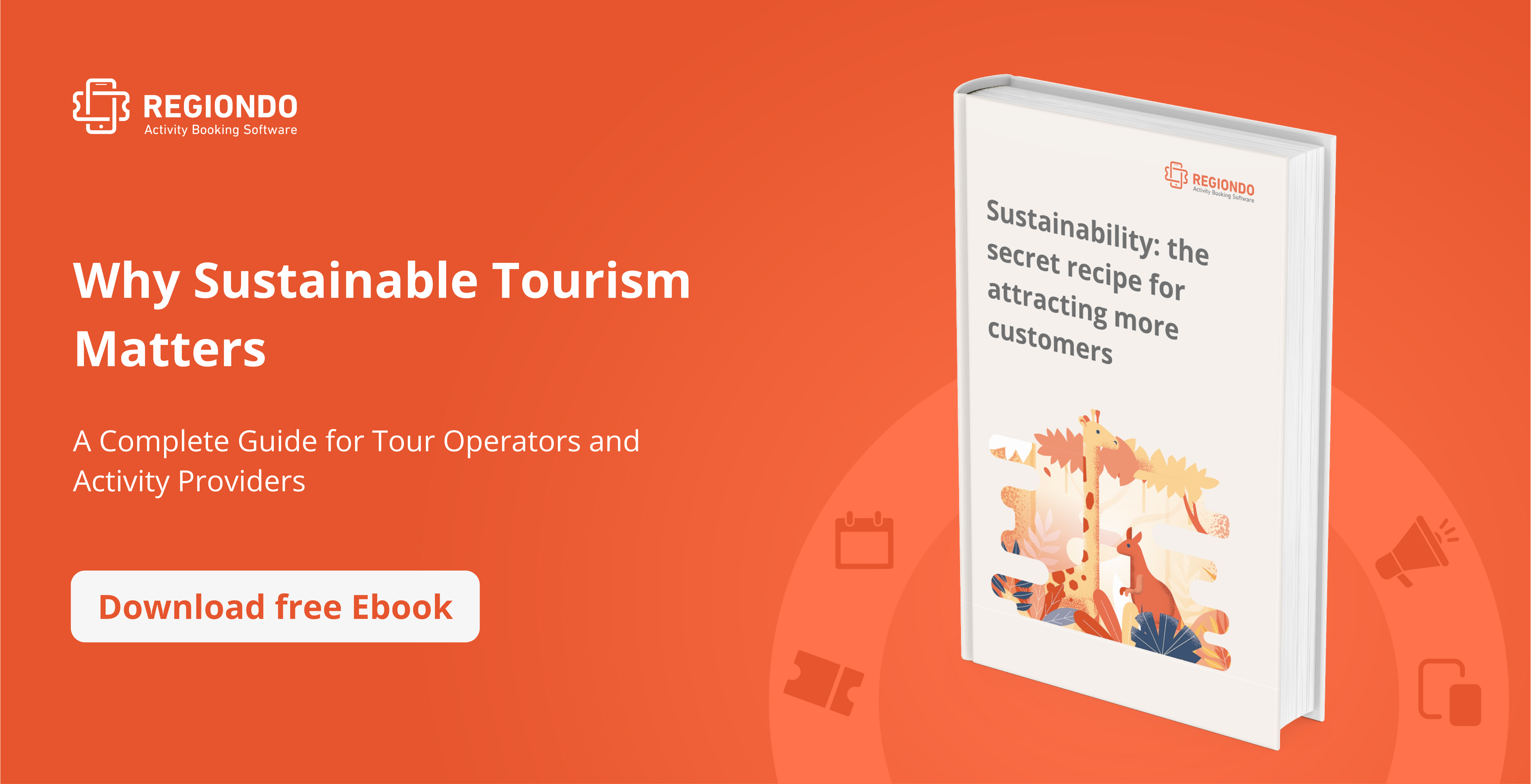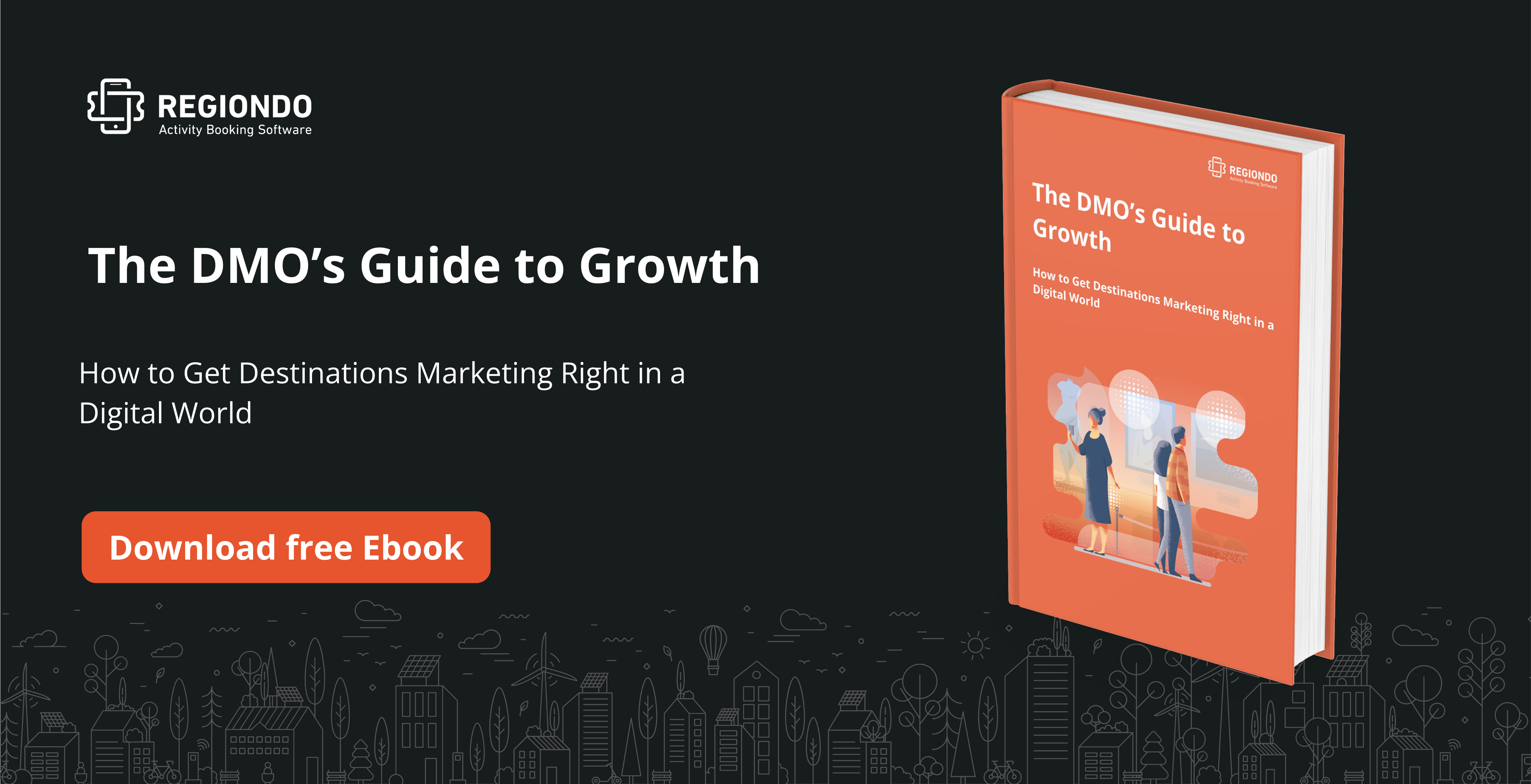Effective destination marketing requires, among other factors, innovation, and creativity. More to that, the ability to connect with potential customers and their changing preferences is essential.
The world of travel has experienced several developments in recent years. So, marketers need to constantly adjust their marketing approach. It’s not always business as usual.
No matter the destination, strategic marketing can go a long way to win over customers. And to stay on top of your game, you need to keep up with trends in the sector.
That’s what this post is about.
We are going to look at different trends in the destination marketing industry. Beginning with the growing focus on sustainability, the use of emerging technology like virtual reality, influencer marketing, industry and cross-industry partnerships among others.
Without wasting time, let’s dive right in.
1. Focus on sustainability
Industrialization across the world has brought about development. Unfortunately, it has also resulted in the deterioration of the environment.
Because of this, many travelers take into account what’s right for the planet in order to preserve the environment for future generations. This move to sustainability has quickly found its way into the travel industry.
This sustainable travel report points out that over 70% of travelers are of the opinion that travel companies should offer more sustainable travel choices.
This emphasis on sustainability means a number of travelers are making decisions based on how eco-friendly a place is. DMOs can, therefore, elevate their success by being more green-minded.
Have strategies that will ensure sustainable destination management. Mention what you are doing as an organization to preserve the environment. Let your potential visitors see the actions you are taking to protect nature and secure the future of your region.
2. Increased use of virtual reality technology
Technology is constantly evolving and it’s no surprise that its application in the travel industry is also growing and evolving as well.
Innovative technology like virtual reality (VR) is making it possible for businesses to provide services that could only be imagined a few years back.
Some organizations in the travel industry have already adopted VR in their marketing. Hamilton Island is one good example of a tourism company making use of this technology.
Its effectiveness proves that VR will only become more common over the next years.
To benefit from this trend, DMOs can entice travelers to their destinations by giving them a taste of what they will experience using VR technology. And by having a virtual experience, the consumers are more likely to make a booking in order to experience the place in person.
Another advantage of using this technology is that it removes the guesswork when travelers want to pick a destination. They can be sure of what they’ll get on the ground. As a result, more people may be willing to travel to your destination so long as your offering matches their desires.
3. Enhanced mobile experience
Do you know that the percentage of U.S. travelers who use their smartphones when traveling rose from 41% in 2015 to more than 70% in 2017? That’s according to this Google report. And the number keeps increasing every year.
The same research revealed that almost half of smartphone users in the U.S., U.K., France, and Australia are comfortable researching, booking, and planning their entire trip using only a mobile device.

Source: Google
Therefore, it’s crucial for destination marketers to optimize mobile experiences for their customers. It can build a strong competitive advantage.
Have a smooth mobile app or interface that allows potential customers to do what they can do on your website. And to make it even better, go a step further and offer some mobile-only features that make carrying out travel logistics easier for travelers.
4. More micro-influencer marketing
Another trend DMOs should keep up with involves how or rather who to advertise through.
Traditional cookie-cutter ads are being replaced by more customized ways of advertising. This has resulted in partnering with influencers to create brand awareness.
Influencer marketing has proven to be quite effective. In fact, data from MuseFind reveals that 92% of consumers trust an influencer more than a traditional advertisement or a celebrity endorsement.
Micro-influencer marketing is deemed to be more authentic than using big-time influencers. These “smaller” influencers tend to have more engagement with their audience and are also more relatable.
More to that, DMOs can no longer only depend on display ads for example when it comes to online advertising. A number of internet users nowadays don’t even get to see those ads because they use Ad-block technology to hide them. And those who don’t block the ads may still not see them due to a phenomenon known as banner blindness.
Based on all these developments, destination marketers need to strategize and partner with influencers whom their audience can relate to. That way you can build credibility and trust with your potential customers.
5. Consolidation of DMOs and cross-industry partnerships
When it comes to funding, DMOs can no longer solely rely on governments to keep afloat because of declining financial support. This has resulted in destination marketers looking for other ways to fill that gap, hence an increase in consolidations and partnerships.
For example, different DMOs can work together to offer a “two-in-one” experience opportunity. By creating a unique and customized travel offer they can attract more customers, boost sales and increase revenues.
Tourism organizations can also partner with companies in other industries that benefit from having more visitors coming to a particular location. A good example is London & Partners.
It’s often said that there is strength in unity. So this is the principle that more destination marketers are turning to in order to experience increased success.
6. Preference for live stream videos
What type of content do you use to market your destination? If your answer includes videos, then you’re on the right track.
According to HubSpot, about 54% of consumers want to see videos more than other types of content from brands in general.

Source: HubSpot
Videos are a great way destination marketers can showcase what they have to offer. Research shows that more than 60% of people thinking about going on tour watch travel-related videos. So you can benefit by having videos of your destination available online.
Videos are engaging and can result in higher conversions and more bookings.
The trend in the travel industry is now even more inclined towards live stream videos. It’s no longer enough to only have pre-recorded videos (though that’s better than no video at all).
The good thing about live streaming is that it’s actually more economical. DMOs can reduce their production costs while portraying an authentic brand to their audience.
7. Growth of the experience economy
The focus of many consumers has shifted from the typical travels that once dominated the tourism industry. More people desire to create lasting memories of unique experiences wherever they go.
That’s why experience tourism is a growing trend in the industry that DMOs can take advantage of.
This trend can benefit destinations that were not very popular. The emphasis is now less on the location and more on the kind of experience travelers will get there.
And as for the “cliche” destinations, they can now rekindle excitement among travelers. Try to offer novel or even unconventional experiences in the same locations.
Destination marketers can also increase the promotion of a given place by customizing a variety of activities that will attract diverse customers.
Conclusion
As the travel and tourism industry grows, DMOs can boost their own success by adopting strategies and tactics that factor in new trends.
So, just to recap, here are the trends we’ve covered. Keep them in mind as you step into 2020 with your destination marketing organization:
- Focus on sustainability
- Adoption of innovative technology, especially virtual reality
- Elevating customers’ mobile experience
- Use of micro-influencers for marketing
- Partnerships and consolidation of DMOs and other related industries
- More live stream videos
- Emphasis on experiential tourism






